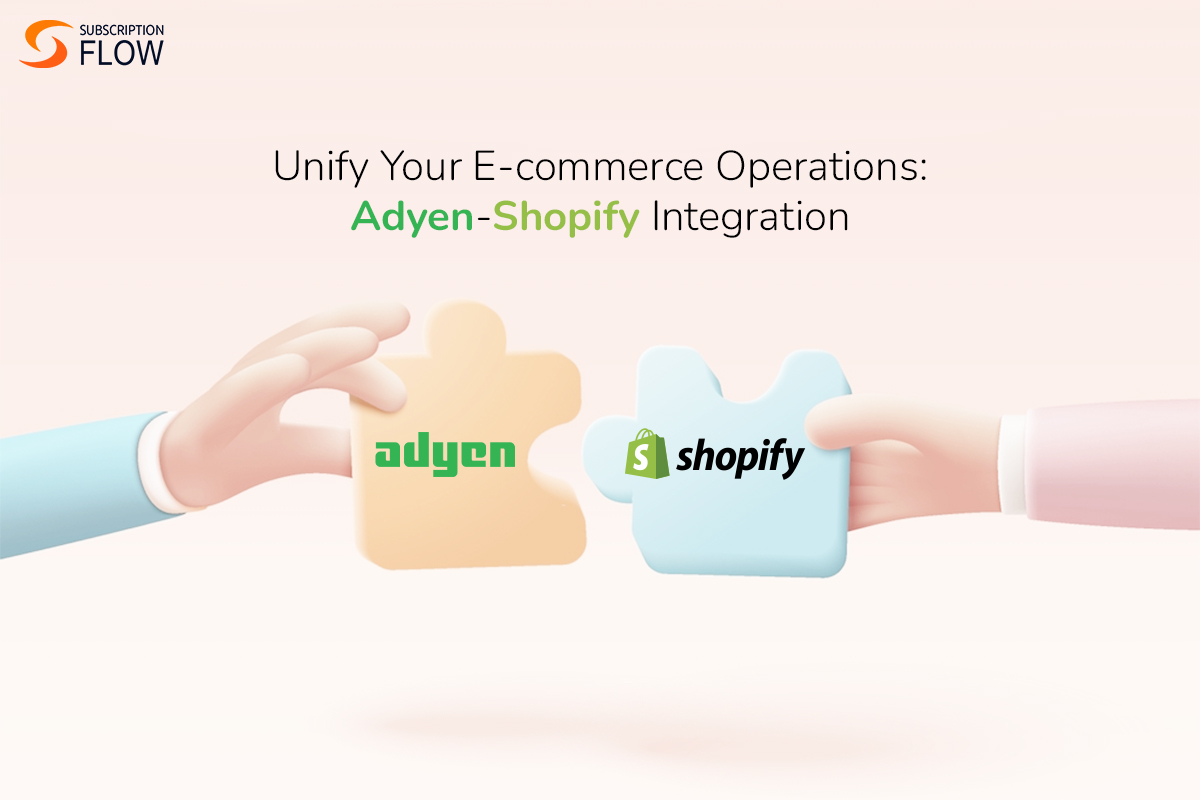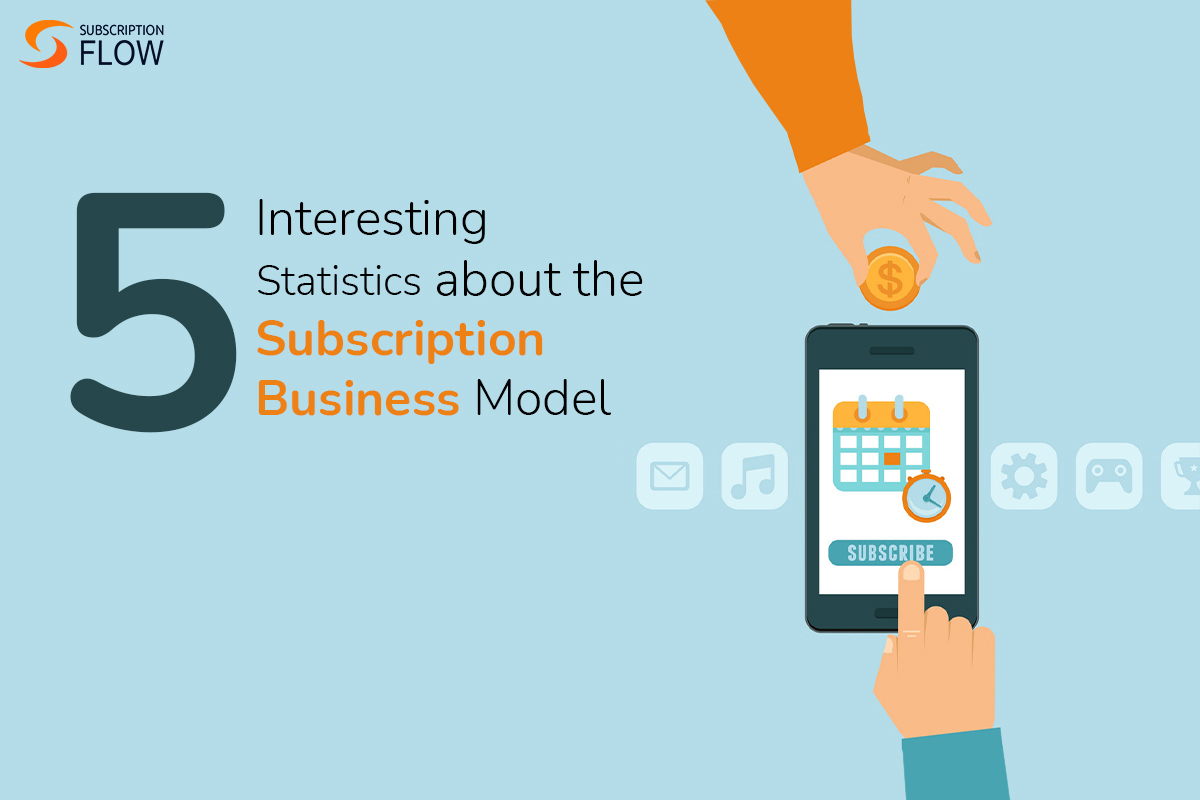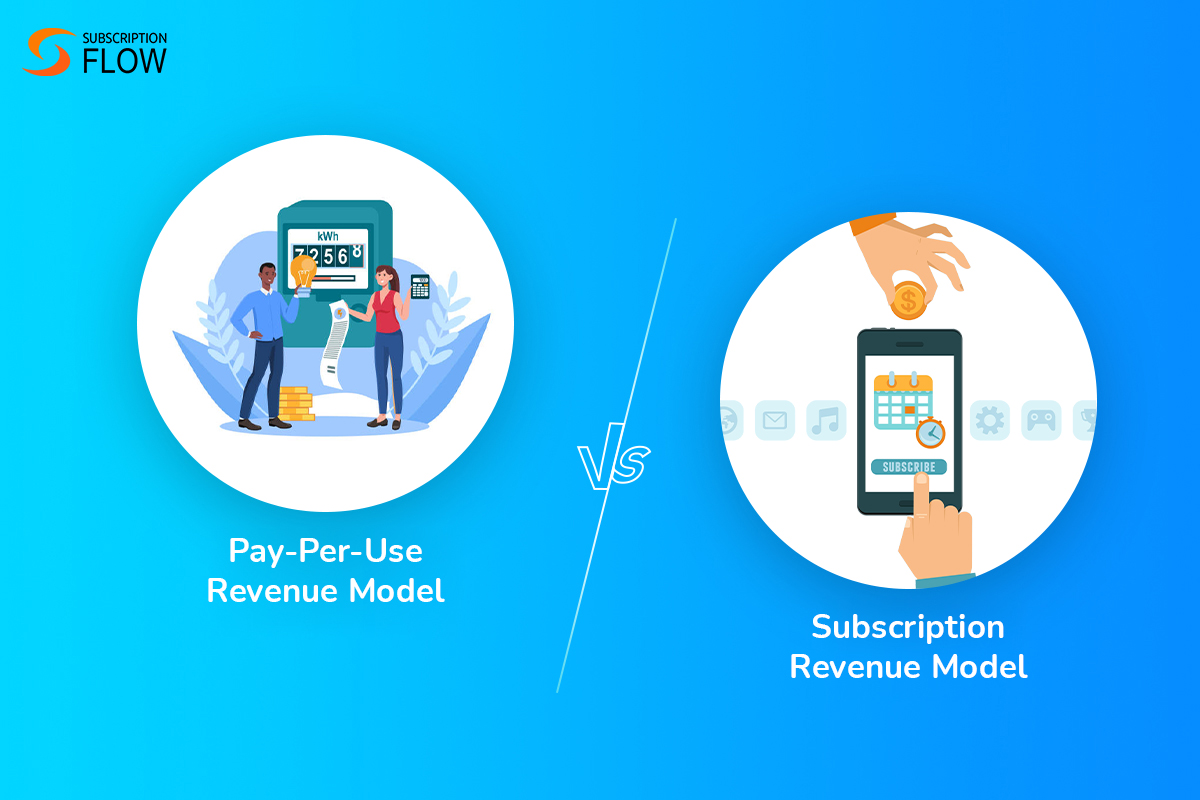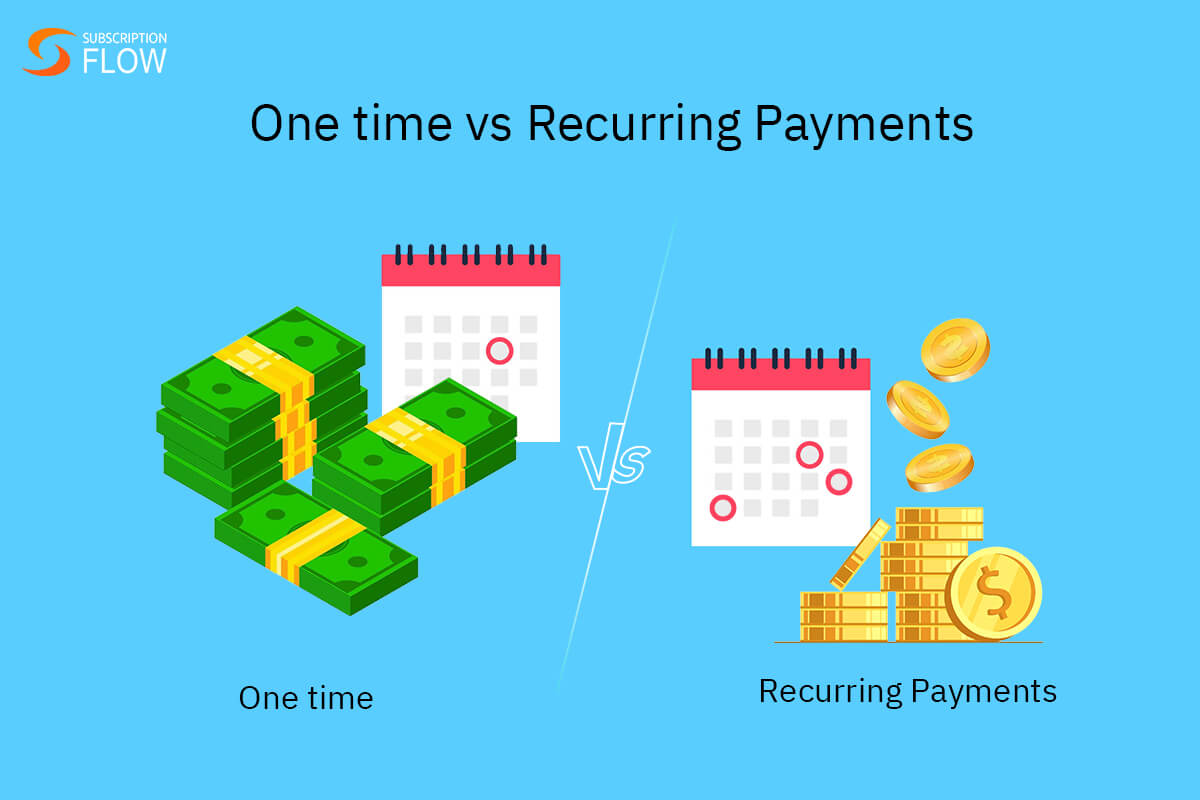
AI Agent Pricing Model: Structuring the Future of Intelligent Automation
AI agents have become the backbone of modern digital operations. From managing workflows to getting more sales and automating customer support, AI agents are changing the way you run a business.
But as AI agents take over human tasks and make decisions on their behalf, a very important question crops up: “How should one price their value?”
Unlike traditional software, AI agents learn, adapt, and improve over time, making it impossible to price them on fixed-rate models. The cost of the training, usage intensity, and performance outcomes need consideration while creating pricing systems in a fair and scalable way.
Let’s look at the landscape of pricing models for AI agents, and discover the way these agents operate, the factors that drive their cost, and the billing frameworks that suit their functionality the best.
This blog will also zoom in on the major challenges involved and how businesses can overcome them using SubscriptionFlow.
SubscriptionFlow is an AI-native billing engine that assists businesses in designing and managing billing plans tailored to their AI-driven services.
Understanding AI Agents and Their Economic Value
AI agents are able to think independently, are mission-driven, and are API-powered. They can plan, take actions across workflows semi-autonomously, and report results. They’re also capable of evaluating data, responding to customers, and even executing decisions without manual help. All these features differentiate them from the traditional SaaS services.
Rather than logins and feature access, activity usually involves events such as calls, tokens processed, jobs executed, documents summarized, or leads generated. Billing must monitor those events, not just a user seat.
In any case, the real economic value of AI agents lies in how they scale productivity by minimizing manual effort and associated costs. They free human teams to focus on strategy and innovation by managing repetitive processes efficiently. Furthermore, their round-the-clock availability and adaptability help businesses maintain consistent performance and customer engagement.
Therefore, AI agents not only improve efficiency but also bring in a measurable return on investment, setting the stage for flexible pricing models that match the value they offer.
What Is an AI Agent Pricing Model?
An AI agent pricing model is a structured approach that aids businesses in determining how to charge and pay for the use of autonomous AI systems.
While traditional software charges flat subscription rates or usage-based fees, AI agents need to be more flexible to accommodate costs for ongoing learning, the complexity of the task, and the computational data and power required to continue running your business.
Additionally, the difference between general AI pricing models and AI agent pricing models lies in the level of autonomy and decision-making power.
Where general AI pricing includes any AI-powered service or software, agentic AI pricing focuses on the systems that can stand independently, make decisions, and achieve various complicated goals without human oversight.
The added autonomy brings in new cost factors like data processing volume, computational intensity, and real-time responsiveness that affect how these agents are priced.
Traditional pricing models are designed keeping in mind human users and feature access in a way that assumes people are the main consumers of the service/value provided.
Whereas the AI agent pricing model is based on outcomes an intelligent system provides, making it more adaptable and derived by performance, which represents the evolving nature of intelligent automation.
Factors Affecting AI Agent Pricing
AI agent pricing isn’t as simple as setting a flat fee. It relies on several moving parts that define how the agentic AI system performs and evolves.
Task Complexity
AI agent pricing is higher when the agent’s responsibilities are more advanced. Obviously, an autonomous system making decisions in real time will cost more than a basic chatbot that answers FAQs.
Data and Training Requirements
Similarly, when training an AI agent with specialized and large datasets, you need a lot of time, computing resources, and expertise. Eventually, all these resources add to its cost.
Resource Consumption
Also, AI agents dependent on API, cloud servers, and higher storage capacity tend to be much more expensive compared to traditional and simple AI systems.
Customization Requirements
The tailor-made solutions for particular business needs and workflows are more expensive than out-of-the-box agents.
Maintenance and Updates
Furthermore, AI systems require regular monitoring, retraining, and updates to stay relevant, correct, and secure, which can cost you in the longer run.
So, AI agent pricing is determined by how smart, specialized, and resource-heavy the system is. Also, the value it delivers to your business is important.
AI Agents Pricing Models & When to Use Them
The key to unlocking AI agents’ pricing is finding that sweet spot between profit margin and value.
Per-agent (FTE replacement)
The per-agent pricing model considers the AI agents as digital employees, charging a fixed monthly or yearly fee for each autonomous agent deployed. This strategy positions the AI agents as full-time equivalent replacements, targeting HR budgets rather than the traditional IT spend.
How it works: Companies pay a recurring fee for each AI agent, irrespective of their actual usage patterns.
When to use:
- AI agents do consistent and ongoing work compared to traditional human roles.
- There is clearly a correlation between deploying AI agents and headcount reduction or reduction of operational costs.
- The company values predictable, consistent costs over variable usage-based billing.
- The agent’s work is wide-ranging and is difficult to attribute to specific outcomes.
Benefits: easy customer understanding, predictable revenue, aligns with existing HR budget frameworks.
Considerations: Limited differentiation potential, risk of competitive pricing pressure, may not reflect the actual value delivered.
Activity-based
Activity-based pricing for AI agents bills customers based on particular interactions, activities, or computational resources being used. This approach directly aligns costs with actual agent activity and resource consumption.
How it works: The customers are charged only for the measurable activities of agents, such as API calls made, conversations handled, or tasks completed, or processing time used.
When to apply:
- The use of AI agents differs significantly between time periods or users.
- There is a clear link between infrastructure costs and activity level.
- Users want to pay only for what they actually use.
- The usage patterns cannot be predicted and are seasonal.
Benefits: Scales with the user, equitable cost allocation, prices are transparent according to the actual usage.
Considerations: Possible bill shock in periods of high usage, unpredictability of costs for users, complication in tracking and billing.
Outcome-based
Outcome-based pricing is the most value-aligned approach. Here, customers pay only when AI agents successfully fulfill specific tasks or provide measurable business results.
How it works: Payment happens only on the successful completion of preset outcomes like resolved support tickets, successful transactions processed, or qualified leads generated.
When to apply:
- Outcomes are clearly trackable and measurable.
- Business success i.e. revenue generation is dependent on successful service delivery to customers.
- Users are uncertain about AI effectiveness and prefer risk mitigation.
- Results are easier and simpler to assign to the AI agent activity.
Benefits: Builds customer trust, eliminates payment for failed attempts, perfect value alignment, clear ROI demonstration.
Considerations: Potential attribution disputes, complicated outcome definition, unpredictable revenue streams, requires advanced tracking systems.
Credit- or Token-based
Credit-based pricing offers customers pre-purchased units that are then used by AI agents to perform operations or tasks.
How it works: Users buy credits upfront that they can then spend on different AI agent activities based on predetermined conversion rates.
When to apply:
- There are different computational expenses for different agent tasks.
- Customers want flexibility and control over their spending.
- Usage patterns aren’t regular or based on projects.
- There are multiple types of AI services being offered.
Benefits: Easy-to-understand unit economics, flexible spending control, prevents budget overruns, accommodates varying task complexity.
Considerations: Potential for unused credits, requires credit management, complex to determine fair credit conversion rates.
Hybrid Models
Hybrid AI agent pricing models combine multiple strategies in order to balance predictability with flexibility. It often mixes base fees with usage charges or outcome bonuses.
How it works: Users pay a base fee (per agent or subscription) plus added charges based on outcomes, usage, or premium features.
When to apply:
- Users need both flexibility and predictability.
- Different aspects of AI agent value need different billing approaches.
- Market positioning needs a competitive base pricing with upside potential.
- There are sophisticated enterprise deployments with various usage patterns.
Benefits: Accommodates diverse use cases, offers upside revenue potential, balances multiple customer preferences, minimizes customer acquisition friction.
Considerations: Potential customer confusion, enhanced complexity in implementation and communication, more sophisticated billing systems required.
How SubscriptionFlow Supports AI Agent Pricing Models
With the increase in adoption of AI agents, pricing models are constantly changing. The models range from per-agent to activity-based, credit-based, outcome-based, credit-based, and hybrid. But for most businesses, it’s not about selecting the right model; it’s all about how they are going to handle the underlying complexity that arises from billing, tracking, and scaling effectively. In those cases, solutions such as SubscriptionFlow are your best partner.
Flexible Billing Automation
SubscriptionFlow configures and automates any AI agent pricing model for you. It allows you to automate any pricing model without requiring custom code. In addition, you can easily switch between models or use a combo as your business evolves over time.
Real-Time Usage Tracking
The software tracks every measurable activity for you, such as tasks completed, API calls, or outcomes attained. Therefore, your bills reflect precisely what your customers used, giving you complete transparency and accuracy even when you have to handle complex and large numbers of deployments all at once.
Revenue Recognition & Analytics
The reporting within SubscriptionFlow enables subscription businesses to measure profitability by agent, customer segment, or pricing type. Additionally, it gives you visibility into your revenue streams and performance, thus helping you refine your pricing structures with changing needs.
Subscription Management
SubscriptionFlow is there with you every step of the subscription lifecycle. Also, it makes sure that your AI deployments and management of renewals (be it downgrades or upgrades of agent plans) run efficiently. What’s more, it ensures each AI agent is correctly billed based on the pricing model assigned to them. In addition, SubscriptionFlow manages dunning cycles automatically, so the payments for active AI agents stay consistent and easily predictable without the need for manual work.
Scalability for AI Startups & Enterprises
No matter if you’re handling a few agents or thousands of them, SubscriptionFlow easily manages evolving billing rules and large-scale usage data.
Hence, when you automate complex AI agent billing workflows, Subscription lets you focus on developing smarter AI agents while making sure that the pricing remains flexible, fair, and in perfect sync with the value it delivers to customers.
The Future of AI Agent Pricing Models
The way you approach your AI agent pricing model is one of the most crucial strategic decisions that you will have to make if you’re running an agentic AI business.
Also, keep in mind that your pricing decisions are not irreversible or final.
The most important thing is to have a flexible billing engine that allows you to experiment and test new pricing models. With adaptable billing platforms like SubscriptionFlow powering your monetization, you get the flexibility to experiment, test, and switch between billing models without clumsy system overhauls or disrupting your user experience.
While selecting your AI agent pricing model remains strategically critical, SubscriptionFlow offers you the flexibility to adapt your pricing as your value metrics or perceived return on investment (ROI) change. It, in turn, helps you drive more revenue faster.






